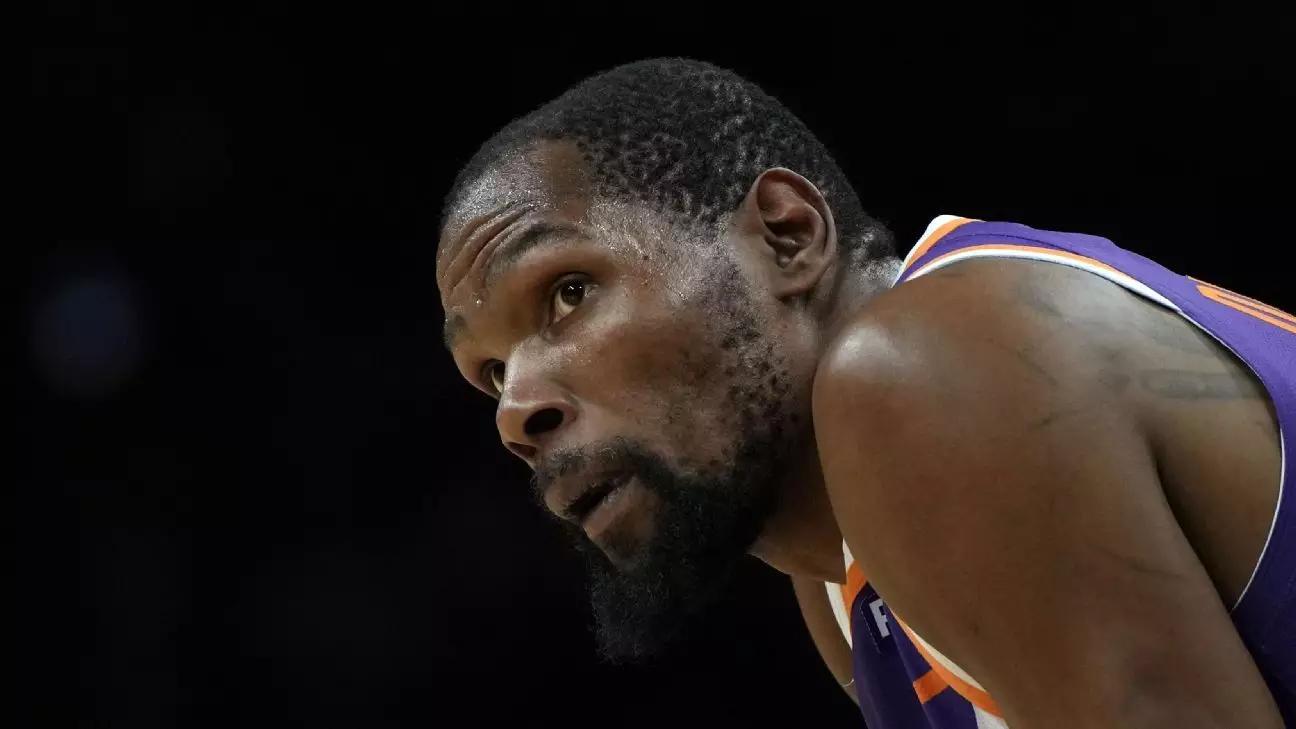In the landscape of professional basketball, rare events redefine the boundaries of the game and the business that sustains it. The recent NBA trade saga stands out as one of the most ambitious and complex ever undertaken, involving seven teams in a colossal exchange that will undoubtedly influence league narratives for years to come. This unprecedented multi-team deal isn’t just about player movement; it signifies a strategic shift in how franchises maneuver in a high-stakes environment.
What makes this trade extraordinary isn’t merely the quantity of players or picks exchanged but its intricate web of implications. The physical involvement of seven teams—Houston Rockets, Atlanta Hawks, Brooklyn Nets, Golden State Warriors, Los Angeles Lakers, Minnesota Timberwolves, and Phoenix Suns—marks a new chapter in league operations. The fusion of players, draft picks, cash considerations, and strategic maneuvering exposes a level of organizational sophistication seldom seen before. It’s a clear indication that NBA teams are increasingly recognizing that winning today often necessitates a long-term, multi-layered approach to roster building.
The Impact on Franchise Strategies and Player Trajectories
Kevin Durant’s departure from Phoenix to Houston encapsulates more than just a change of scenery; it symbolizes a broader shift in team ambitions and strategic planning. Durant, as a generational talent, was a crown jewel for the Suns, but his move to the Rockets shifts the power dynamics in the Western Conference. Houston’s gamble on acquiring a proven scorer reflects a bold stance—one that could redefine their competitive fate in the coming seasons.
Furthermore, the transaction’s ripple effects create a domino effect on player careers and team compositions. The deal’s structure, involving multiple second-round picks and cash exchanges, reveals how teams use draft assets not simply as future investments but as tools for immediate return. Roster adjustments like the re-acquisition of Clint Capela by Houston further exemplify a club actively reshaping its roster to maximize playoff potential. Integral pieces like Jalen Green and Dillon Brooks remain, but now with Durant bolstering Houston’s core, the balance of power subtly shifts.
On a broader level, the incorporation of numerous draft picks and picks swaps emphasizes a strategic evolution. Teams are no longer content with relying solely on star power; instead, they’re aggressively leveraging the draft and salary cap flexibility to fine-tune their rosters. This approach suggests a future where player development, cap management, and draft capital become the cornerstones of sustained success, and the traditional methods of team building are constantly challenged by intricate, multi-team negotiations.
The League’s New Normal: Complexity, Flexibility, and Long-Term Vision
This historic transaction marks a turning point in how NBA franchises perceive their operational frameworks. The sheer scale of this trade—covering multiple teams, involving several drafts and cash considerations—illustrates a willingness to embrace greater complexity for strategic advantage. It’s a testament to the league’s evolution into a more sophisticated, transactional ecosystem where planning spans multiple seasons and involves numerous moving parts.
Crucially, the deal showcases the significance of flexibility. The timing—delayed until the NBA’s period of moratorium ended—allowed teams to navigate salary cap constraints, make last-minute adjustments, and optimize their draft choices. Phoenix’s maneuvering around the second-round picks to acquire additional assets underscores an adaptive approach that values flexibility over rigid, traditional roster construction.
From an aspirational perspective, this trade embodies a long-term vision. While immediate gains are evident—the acquisition of a player like Durant—teams are also investing in future assets with second-round picks, trusting in player development and smart cap management. It reflects a league that is progressively less about short-term brilliance and more about sustained excellence built through calculated, multi-layered deals.
The Broader Cultural and Economic Ramifications
Beyond the strategic chess match, this monumental trade threatens to recalibrate the cultural fabric of the NBA. It exemplifies the league’s landscape as a constantly shifting arena of alliances and rivalries, emphasizing that success hinges not only on talent but on transactional agility. Fans, analysts, and stakeholders will view this as a paradigm shift—where multi-party trades become the new blueprint for championship pursuit.
Economically, the deal underscores the increasing monetization of the league’s assets—players, draft picks, and even cash considerations—all integral to crafting competitive advantage. It demonstrates that NBA teams are adopting corporate-like complex negotiations, tuning into data-driven assessments and multi-year plans that transcend simple roster upgrades.
This multi-team trade isn’t just a fleeting headline; it’s a statement. It signals that the NBA is entering a new era characterized by extraordinary complexity, strategic depth, and an unwavering focus on long-term dominance. The ripple effects from this deal will undoubtedly influence the league’s fabric, governance, and the basketball universe’s very culture.

